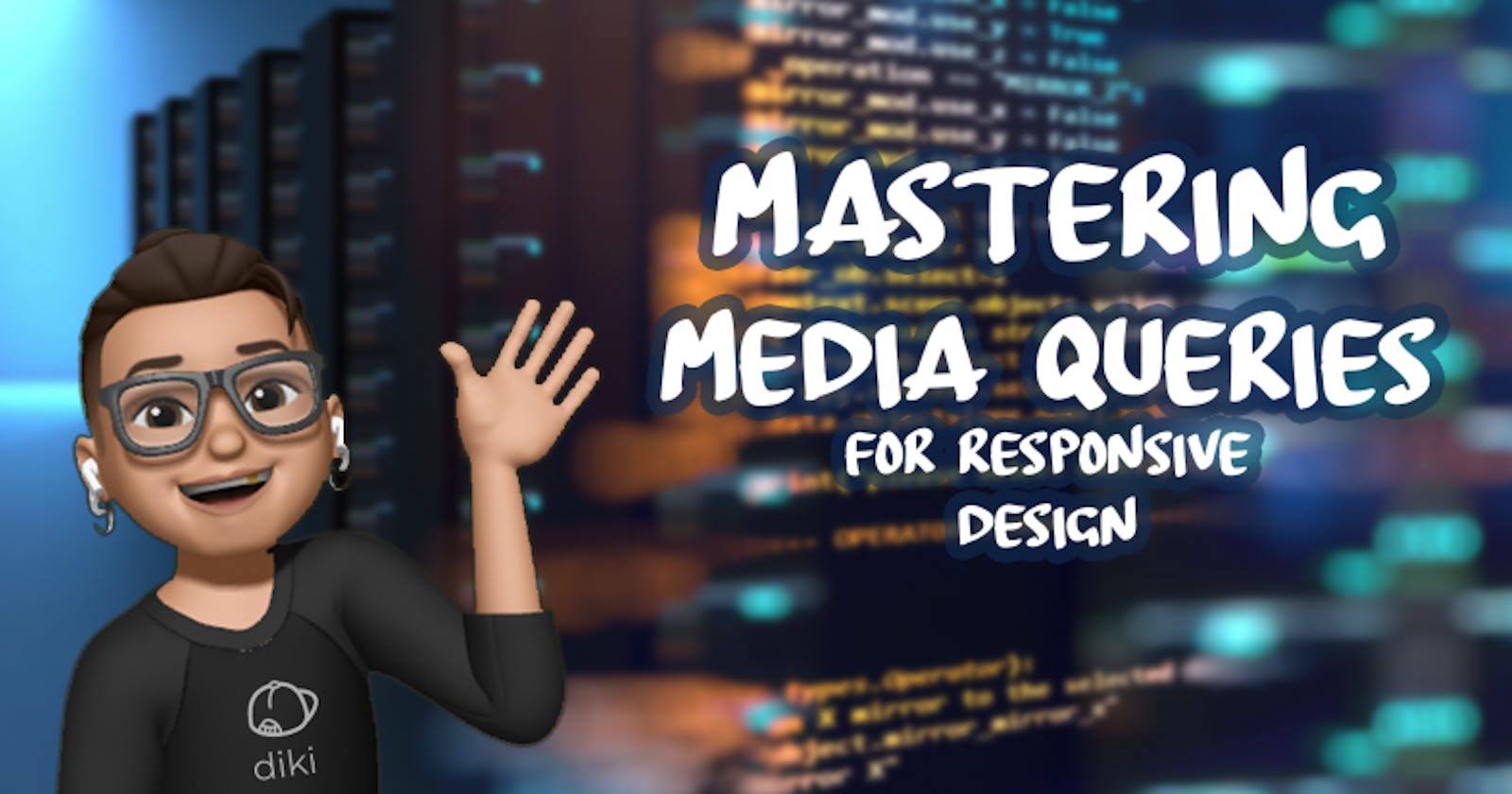CSS media queries are a technique used to apply different styles to a web page based on specific conditions, such as the device screen size, screen resolution, screen orientation, and more.
A media query consists of a media type, such as "screen" or "print", and one or more conditions expressed as a logical expression, that determines when the styles within the query should be applied. The syntax for a media query is as follows:
scssCopy code@media (condition) {
/* styles */
}
For example, the following media query applies the styles within it when the screen width is between 400 and 800 pixels:
pythonCopy code@media (min-width: 400px) and (max-width: 800px) {
/* styles */
}
The media type and conditions can be combined to create more specific media queries. For example, the following media query applies the styles within it when the device is in portrait orientation and has a screen width of at least 320 pixels:
scssCopy code@media (orientation: portrait) and (min-width: 320px) {
/* styles */
}
Media queries can be used to create responsive designs, where the styles of a web page adapt to the size and capabilities of the device being used to view it. This allows developers to create a single set of HTML, CSS, and JavaScript that can be used on a variety of devices, from desktop computers to smartphones.
Overall, CSS media queries are a powerful tool for creating versatile and dynamic web pages and a must-have in todays multi-device society.

